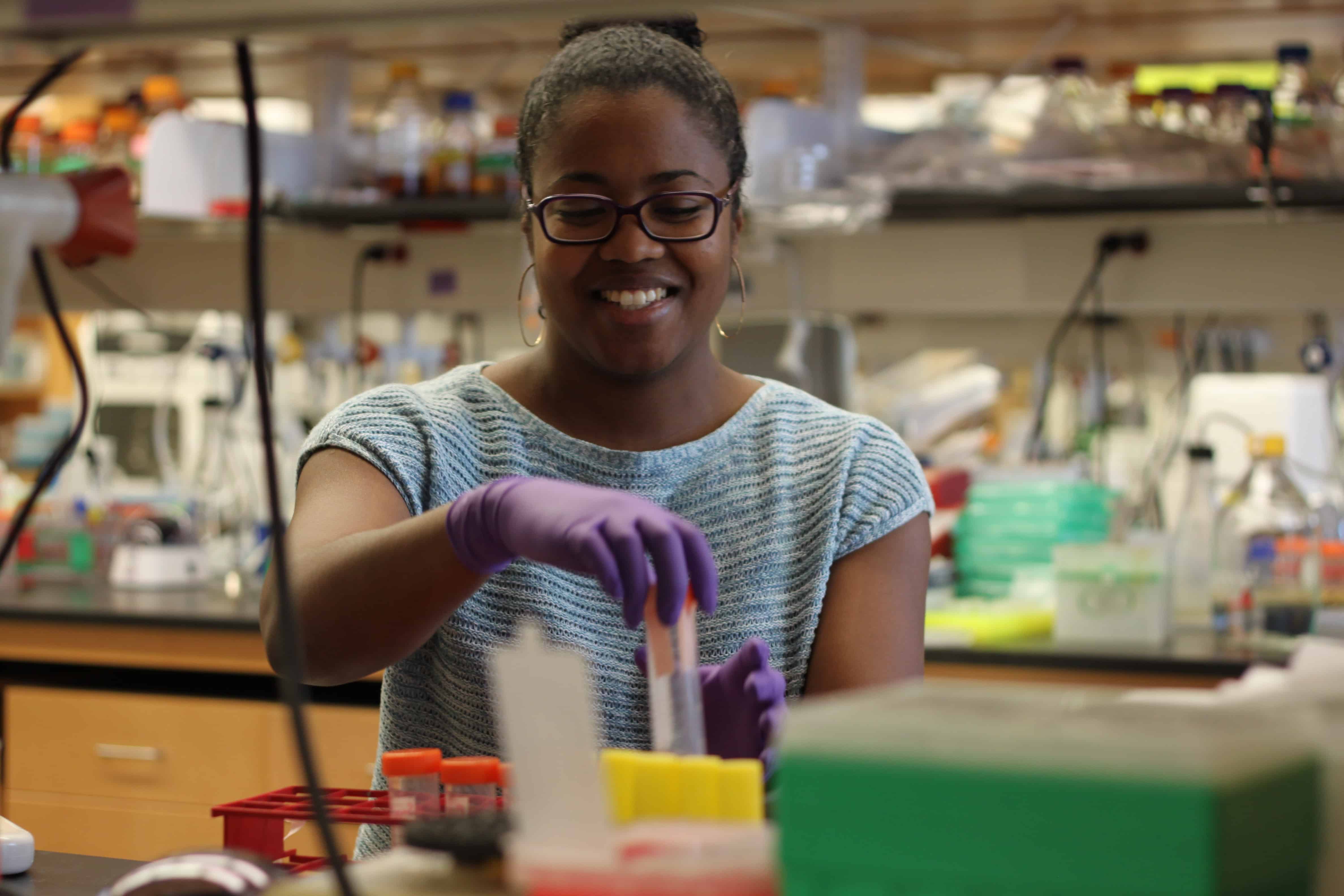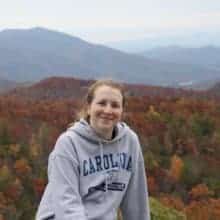I started the social media community Scientists of North Carolina in November 2016 during a very trying time for this country. I do not know if I had just finally come of the age where I started to follow politics, or if the 2016 election was as unprecedented as some say. What I do know is that I felt like this country was trying to rip itself in half. There were no longer any gray areas on issues; abortion is either a fundamental right or a fundamental sin, either everyone should be allowed to immigrate to the U.S. or no one should. Families all around me were breaking up over their differing views on the issues, and all of the fake news stories just fueled those fires.
As a scientist, I watched my colleagues and friends feel increasingly attacked by accusations that we are all in the pocket of big pharma or some other entity. Everything became so black and white, us and them, right and wrong, but I fundamentally believe that perspective obscures all of the beautiful complexities of life. I often wondered, how can anyone hear what the other is trying to say from those radically opposed positions?
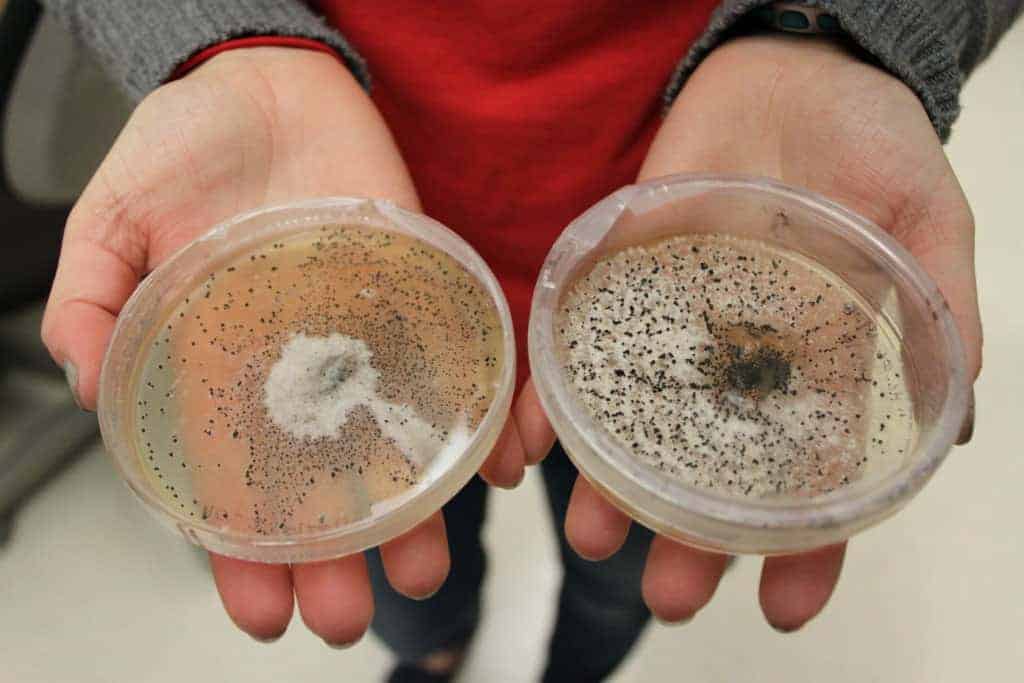
I struggled immensely with this challenge of reaching people on the “other side” of an issue. I reasoned if I was going to start anywhere it should be with what I know best – science; and I kept coming back to storytelling as the only thing I could think of that might break through the walls people had built up around their beliefs. We have all seen movies that brought us to tears, read books that have done the same, or heard touching stories from incredible people that may have even changed our minds on an issue.
The power of storytelling has been studied and written about extensively, and in my own in interactions with powerful storytellers I have experienced the transformative effects first hand. One well-known example of effective storytelling is Humans of New York. Brandon Stanton combines powerful images with poignant vignettes to give us a glimpse into the lives of the strangers you pass on the street every day. In doing so, he has covered controversial topics by sharing the perspective of humans who have deep personal experiences with those issues. In the comments beneath these stories, I have frequently seen meaningful conversations between people on opposing sides of an issue who were able to have those conversations because of the raw, personal experiences shared by the individual featured.
I began to wonder if I could create these same conversations around science by sharing scientists’ stories. If I could provide an intimate glimpse into the lives of the scientists in my local community with photography and an interview, maybe I could foster connections between scientists and their neighbors. I also thought that maybe I could inspire more young people to see themselves as scientists if I could break down some of the stereotypes around who scientists are and what we do.
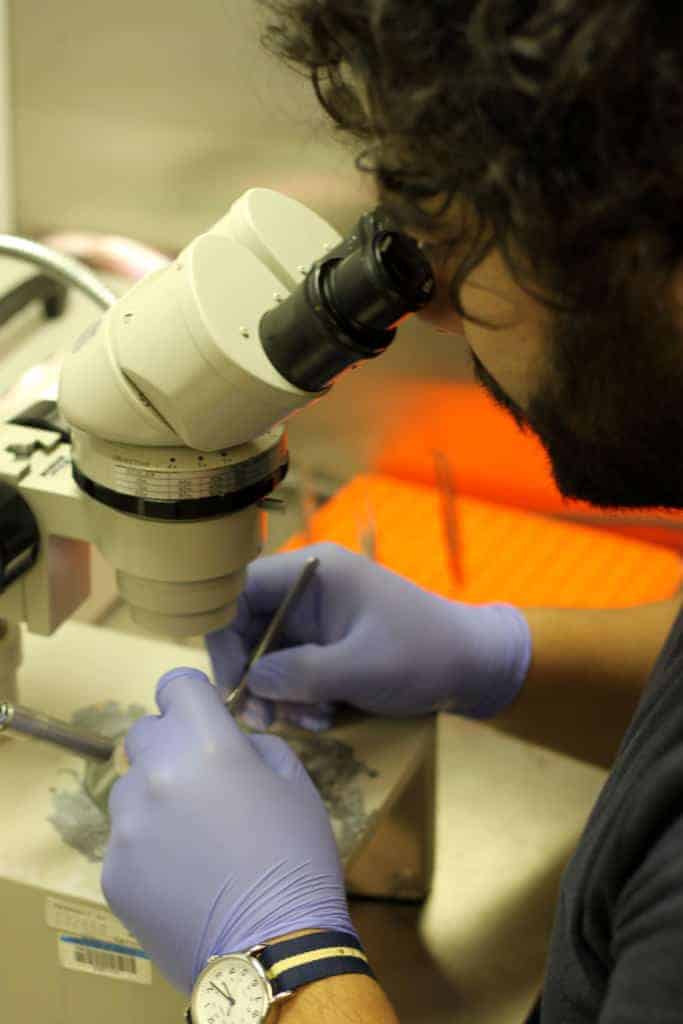
This may seem like an insignificant problem to try to tackle, but a ResearchAmerica! poll in early 2018 reported that 81 percent of American’s can’t name a living scientist. Even more concerning are the results from a 1983 study where a researcher asked 5,000 children to draw a scientist, and less than 1 percent of those children drew a woman. Since that time, rates of female scientist sketches by children have increased to 3 in 10, but we still have a long way to go.
I reasoned that if this project was going to accomplish my goals, the features should mainly include individuals who people outside the scientific community do not normally think of as scientists: women, minorities, those with “alternate” science careers (that don’t require a lab coat or microscope), and young people.
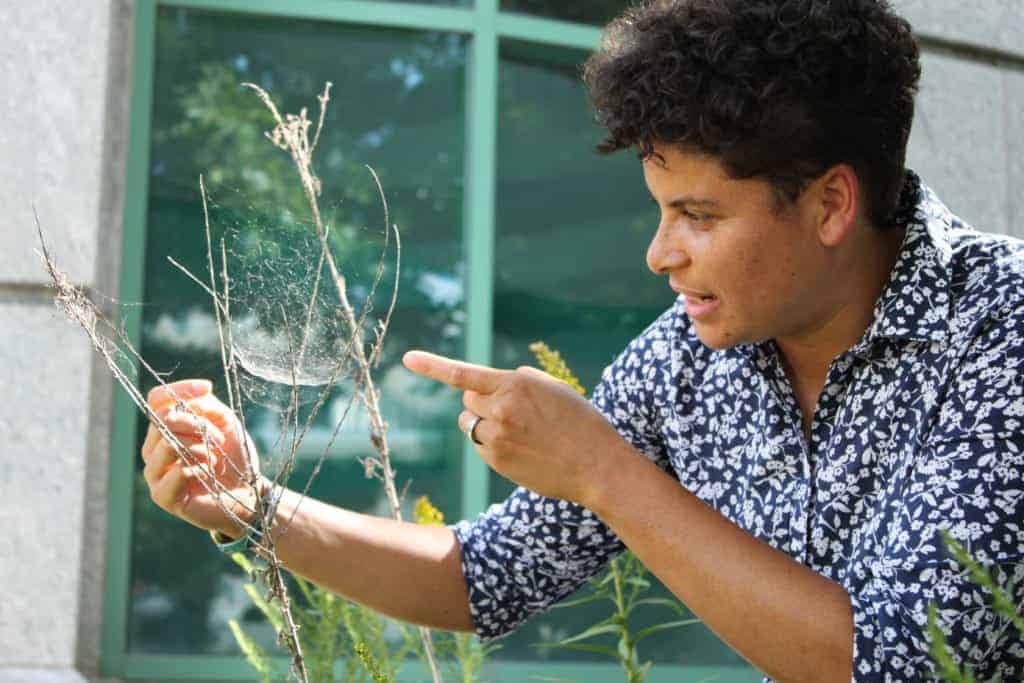
Since November of 2016, I have featured more than 70 scientists on Scientists of North Carolina, largely women and people of color. The features have included students, a chancellor, administrators, a brewer, people working in science outreach, and several individuals who ended up in science completely by accident. One of my favorite interviews was with Chelsea Thoumsin, featured in July of 2017, because her story involves art school and becoming a scientist through her love of coffee working at Counter Culture in Durham.
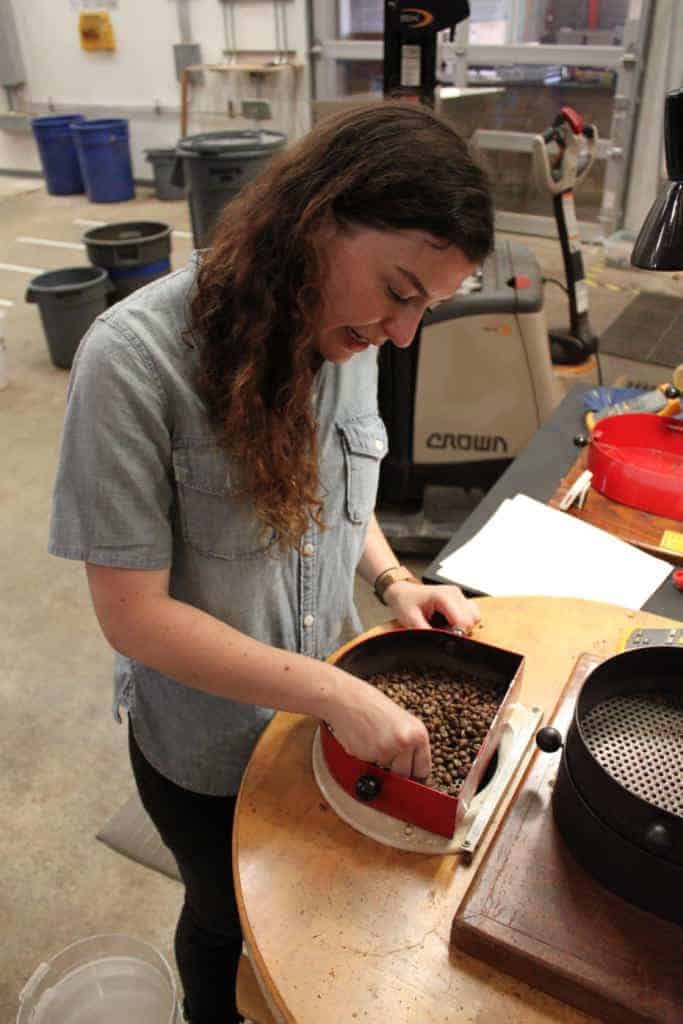
Collectively, these stories validate something that I already knew but had trouble articulating: anyone who wants to find answers to questions about our existence can be a scientist. Being a scientist does not require a degree, a gender, a skin tone, or math proficiency. It requires passion, dedication, and a thirst to discover the unknown.
By that definition, humans are born scientists. As babies, we learn by experimenting with the world around us. When we cook, we experiment with new ingredients, longer or shorter cook times, and new recipes. I truly believe that if we can correct some of the fundamental misunderstandings around what science is and who is participating in it, science can become something that unites us rather than tears us apart.
My hope is that the stories shared by Scientists of North Carolina challenge our assumptions and inspire the next generation of scientists, whoever and wherever they may be.
